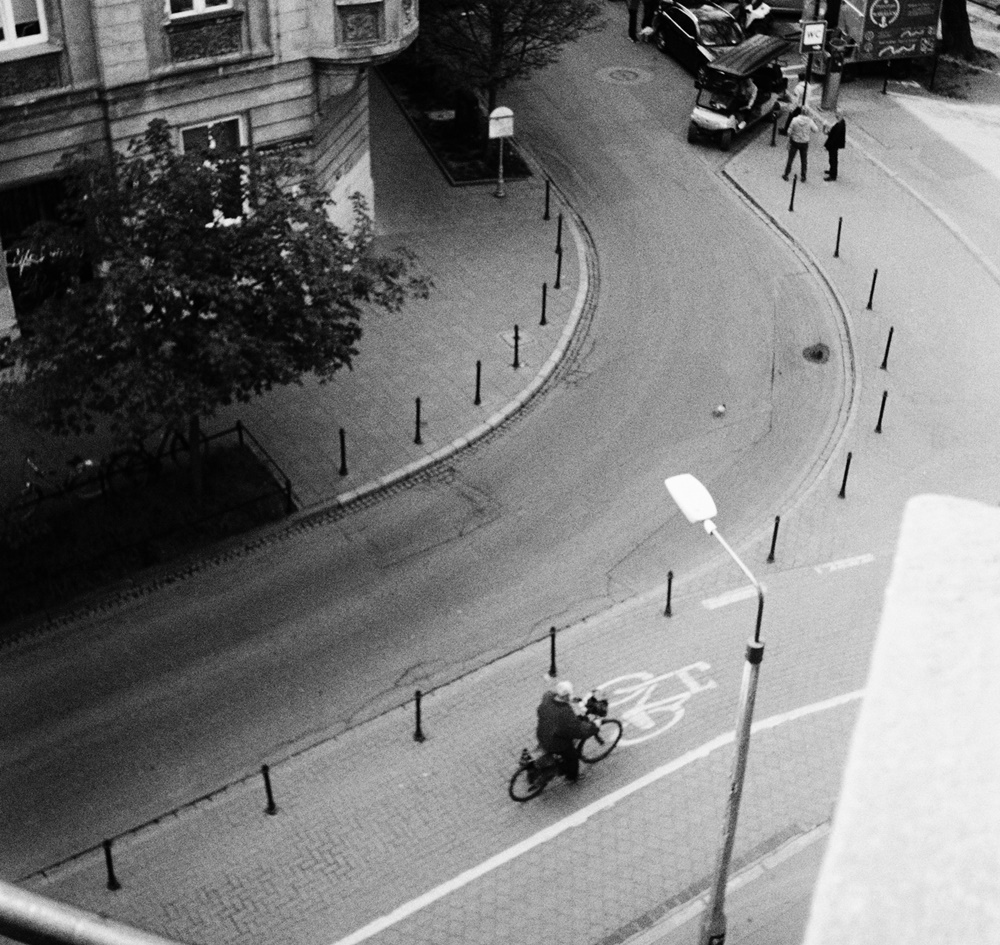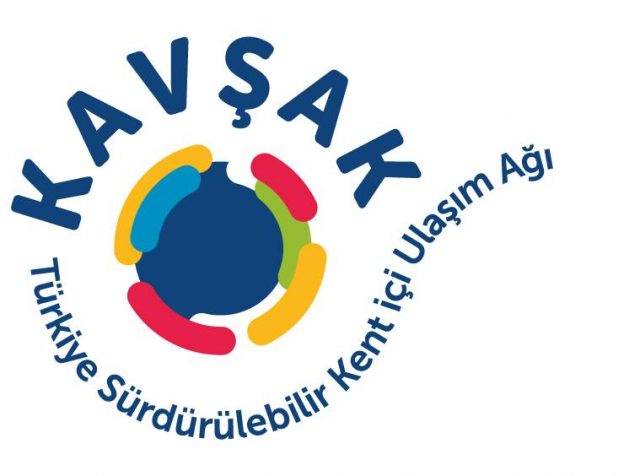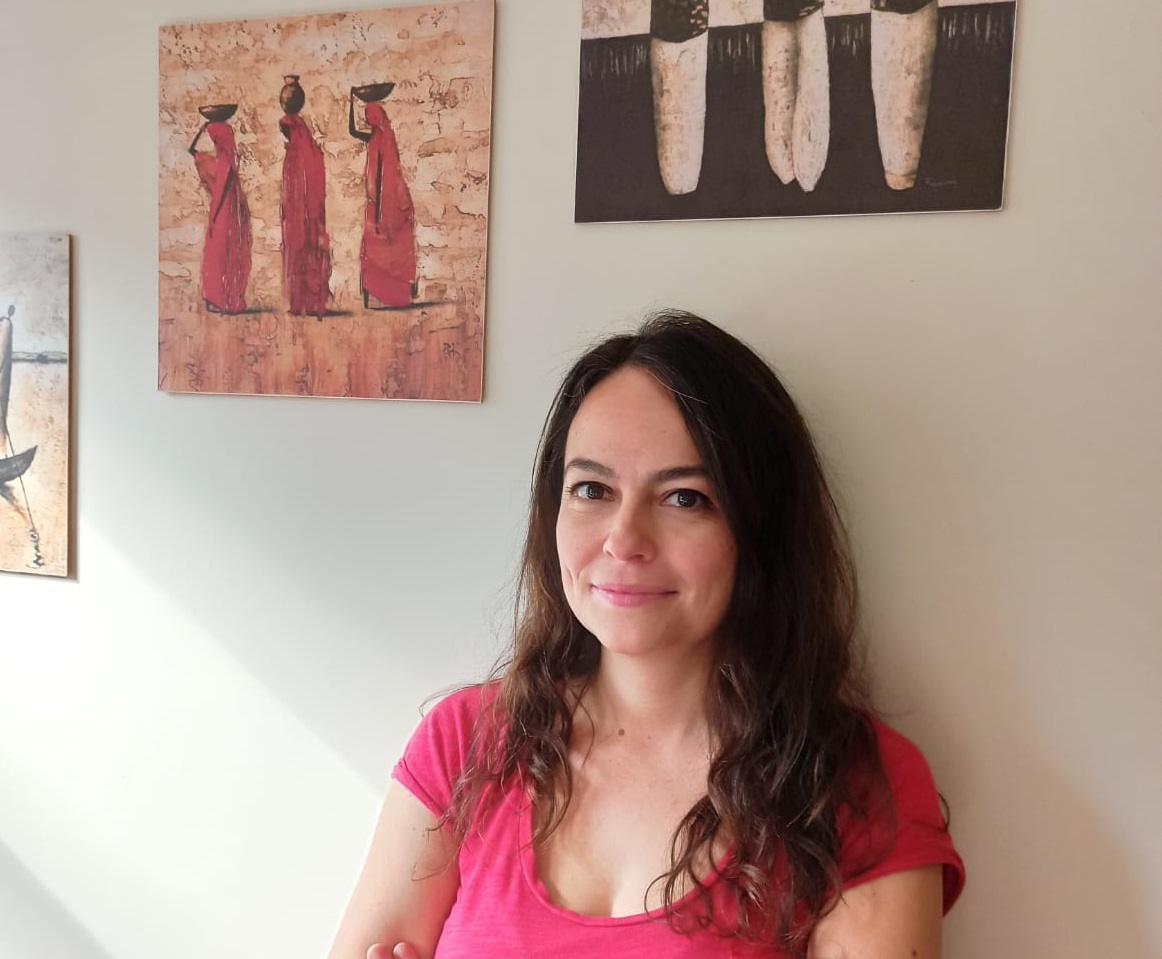Gaps in Sustainable Urban Transportation in Türkiye

On the issues of sustainable urban transportation, as in many other issues, there are different approaches and improvements in developed and developing countries. For example, sustainable urban transportation vehicles have the features to reduce carbon footprint but must also meet the urban transportation needs of all social groups.
For this reason, when the issue of sustainable urban transportation is discussed, more than one discipline and area of expertise should be included in the discussions. In this sense, it is critical to understand that sustainable urban transport and mobility are not isolated issues and are related to many other aspects of urban life in general. However, this approach is rarely seen in cities of developing countries, including Türkiye. The KAVŞAK (Intersection) Network, which responds to the accessibility and mobility needs of all segments of the society in Türkiye, provides this need safely and works for the development of transportation policies and practices that take care of human and ecosystem health, is a civil society network established for this purpose.
 The KAVŞAK Network was established within the scope of the Turkey Urban Sustainable Transportation Network Project supported by the European Union within the scope of the Civil Society Networks and Platforms Support Program. It provides the opportunity to work collaboratively to all groups operating in different fields and sectors such as public administration, private sector, academia, media, and especially the civil society working to adopt the sustainable transportation approach and make its applications possible on a national scale. In this article, I would like to mention about the picture that emerged in the “gap analysis” study carried out by YADA Foundation in cooperation with WRI Türkiye, in order to be able to effectively design the project activities during the establishment of the KAVŞAK Network.
The KAVŞAK Network was established within the scope of the Turkey Urban Sustainable Transportation Network Project supported by the European Union within the scope of the Civil Society Networks and Platforms Support Program. It provides the opportunity to work collaboratively to all groups operating in different fields and sectors such as public administration, private sector, academia, media, and especially the civil society working to adopt the sustainable transportation approach and make its applications possible on a national scale. In this article, I would like to mention about the picture that emerged in the “gap analysis” study carried out by YADA Foundation in cooperation with WRI Türkiye, in order to be able to effectively design the project activities during the establishment of the KAVŞAK Network.
In the first phase of the gap analysis, a desk study was conducted. Within the scope of the desk study, both a literature review and a review on the prominent topics of urban transportation, the components of sustainable urban transportation, and prominent studies carried out on a global and national scale, was made. In the light of the results of this preliminary research, the online survey and in-depth interviews, which are the second and third steps of the study, were structured. Within the scope of the research, the project partners also contributed; a stakeholder analysis was conducted on individuals, institutions, and organizations that may have the opportunity to work together, create cooperation and/or establish dialogue on the subject. In line with this analysis, in-depth interviews were held with stakeholders who are experts in various fields such as transportation, climate, city planning, and gender equality etc. In addition, an online survey was conducted with participants from civil society focusing on the issues identified through the data of the desk study and in-depth interviews. In this direction, the research framework consists of what comes to mind when it comes to sustainable transportation, gaps in the field, the main problems of urban transportation and the current situation, access, positions, actors, and obstacles in urban transportation.
 When we look at the literature on sustainable transportation within the scope of the desk study, the topics discussed in relation to sustainable transportation are; limited carbon emissions, accessibility, pedestrian safety, public transportation, mobility, active transportation (especially bicycle transportation). Academics, private sector, local governments, informal groups, civil society organizations, activists and many different stakeholders produce information on this issue, discuss it and try to bring the issue to the agenda. Based on the studies, it is possible to collect the components of sustainable transportation under the headings of environment, health, access, and security. Under these main headings, it can be said that subjects such as air, water, soil, sound pollution, carbon emissions, climate crisis, physical movement, vulnerable groups, wages, pedestrian, bicycle and active transportation, mobility, pavement are discussed the most.
When we look at the literature on sustainable transportation within the scope of the desk study, the topics discussed in relation to sustainable transportation are; limited carbon emissions, accessibility, pedestrian safety, public transportation, mobility, active transportation (especially bicycle transportation). Academics, private sector, local governments, informal groups, civil society organizations, activists and many different stakeholders produce information on this issue, discuss it and try to bring the issue to the agenda. Based on the studies, it is possible to collect the components of sustainable transportation under the headings of environment, health, access, and security. Under these main headings, it can be said that subjects such as air, water, soil, sound pollution, carbon emissions, climate crisis, physical movement, vulnerable groups, wages, pedestrian, bicycle and active transportation, mobility, pavement are discussed the most.
Most developing country cities struggle with accessible and affordable public transport, and there is no safe infrastructure for non-motorized transport. In these countries, traditional transportation planning mobility is increasing, and these plans are largely in the direction of expanding the infrastructure for private motor vehicles. However, there are also factors that can make sustainable transport attractive. For example, improving the condition of roads, making land planning, reducing public transportation fees, increasing the safety of pedestrian and bicycle paths, spreading of applications such as car sharing applications, digital applications that encourage walking can be seen as attractive for developing countries.
When we look at the situation in Türkiye, it is seen that the issue is owned only by people and institutions directly related to the field. The main subject is on the central agenda of academics, CSOs, activists, and groups that can be considered as the main stakeholders of the issue, and local governments working in the fields of transportation, energy, and environment. However, the agenda is generally talked about by compressing bicycle transportation. In the broadest sense, the subject comes to the public’s agenda with the promises of macro elections, where public transportation and sustainable transportation are evaluated in terms of accessibility, and a political discourse comes to the fore through the ability of “everyone” to move. Based on this picture, it is possible to say that sustainable transportation is not discussed comprehensively in all its dimensions in Türkiye. The inclusion of civil society structures working in thematic areas such as health, women, children, disability, and migration is also important. Experts underline components such as integration, accessibility, and low carbon emissions when it comes to sustainable urban transportation. However, there are some obstacles to approaching this sustainable transport model. When research participants talk about the most important problems in the field of urban transportation, they say that active transportation methods are not supported, existing infrastructure is motor vehicle-oriented, and transportation plans are inadequate in Türkiye.
The lack of support for active transportation methods such as pedestrian transportation and bicycle transportation is one of the main problem areas in Türkiye. In the in-depth interviews, when the participants were asked for their opinions on the main problems in urban transportation in Türkiye, it was underlined that the safety and continuity of bicycle and pedestrian roads were not ensured. Considering the fact that other transportation methods are not supported, it can be said that one of the top priority problems is that the existing infrastructure is motor vehicle oriented. However, we are faced with a situation where the ignoring of ecological and social dimensions in order to ensure mobility causes an increase in personal vehicle ownership, and the congestion increases with new roads opened instead of relieving traffic. At this point, the importance of turning to public transport is pointed out, but there is a need for an effective struggle in which decision makers, policy makers, civil society, and academia act together in Türkiye.
Public transport needs to be discussed around components such as inclusion, safety, hygiene, passenger capacity, integration, access, smart transport systems, and comfort. On the other hand, the most prominent obstacles to urban mobility in Türkiye are the lack of a suitable transport infrastructure and public transport service, especially for vulnerable groups. Moreover, for the development of sustainable urban transportation systems, there is a need to plan public transportation systems and vehicles such as e-scooters, which provide micro-mobility, in a way that can be integrated with each other, thus making sustainable mobility accessible. At this point, it can easily be said that the inaccessibility of such vehicles that provide micro-mobility in Türkiye is an important barrier in not bringing sustainable urban transportation to a sufficient level. So much so that, although it is predicted that the demand for public transportation will increase as alternative transportation systems increase, it is still an important gap that the systems that put public transportation at the center during urban planning are not sustainable. Likewise, it is very important that many stakeholders from different disciplines come together and monitor the developments in the field in order to fill all these gaps in the field of sustainable urban transportation. In this sense, the existence of multi-stakeholder structures such as the KAVŞAK Network is very valuable.


Bizi Takip Edin